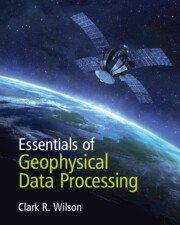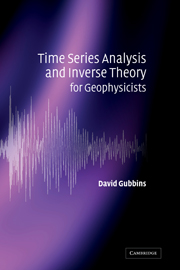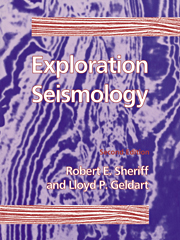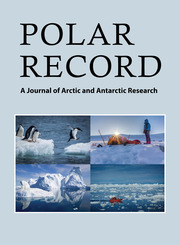Essentials of Geophysical Data Processing
A concise introduction to geophysical data processing - many of the techniques associated with the general field of time series analysis - for advanced students, researchers, and professionals. The textbook begins with calculus before transitioning to discrete time series via the sampling theorem, aliasing, use of complex sinusoids, development of the discrete Fourier transform from the Fourier series, and an overview of linear digital filter types and descriptions. Aimed at senior undergraduate and graduate students in geophysics, environmental science, and engineering with no previous background in linear algebra, probability, or statistics, this textbook draws scenarios and datasets from across the world of geophysics, and shows how data processing techniques can be applied to real-world problems using detailed examples, illustrations, and exercises (using MATLAB or similar computing environment). Online supplementary resources include datasets for students, and a solutions manual and all the figures from the book as PowerPoints for course instructors.
- Covers the key contents for a signal processing course emphasizing exploration geophysics, where reflection seismology is a main application
- Doesn't assume a background in linear algebra, probability, statistics and Fourier transforms - the three appendices at the end of the book cover these basics
- Draws scenarios and datasets from across the world of geophysics and shows how data processing techniques can be applied to real-world problems using detailed examples and illustrations
- Homework exercises are related to reflection seismology, climate time series, and other sciences to illustrate the diversity of applications. Most are computational and can be completed in MATLAB or a similar computing environment.
Reviews & endorsements
'This is an excellent textbook for a course on signal processing for 3rd-year geophysics students. Wilson does a great job of taking explanations that are often scattered across engineering books and adapting them towards the needs of geophysicists using relevant examples from the field. It has the perfect balance between depth and simplicity for undergraduates.' Daniel Trad, University of Calgary
'Wilson's book is an excellent compilation of tools and techniques commonly used by practitioners for analyzing various kinds of data arrays. Although the ideas are presented in the context of geophysics, they can be extended to extract information from geochemical and geobiological datasets with the same finesse. The use of real datasets and easy-to-follow explanations of complex mathematical formulations makes the book a good read.' Priyank Jaiswal, Oklahoma State University
'… I would recommend this volume not only for graduate and advanced undergraduate students, but for professional geophysicists who could use it as a refresher course.' Patrick Taylor, The Leading Edge
Product details
October 2021Paperback
9781108931007
350 pages
254 × 202 × 10 mm
0.49kg
Available
Table of Contents
- Preface
- 1. An Introduction With Geophysical Time Series Examples
- 2. Analog Signals and Digital Time Series
- 3. Sinusoids and Fourier Series
- 4. The Discrete Fourier Transform
- 5. Linear Systems and Digital Filters
- 6. Convolution and Related Theorems
- 7. Least Squares
- 8. Linear Filter Design
- 9. Least Square and Correlation Filters
- 10. Power and Coherence Spectra
- Appendix A. Matrices and Vectors
- Appendix B. Fourier Transforms of Continuous Functions
- Appendix C. Random Variable Concepts and Applications
- Appendix D. Further Reading
- Index.







